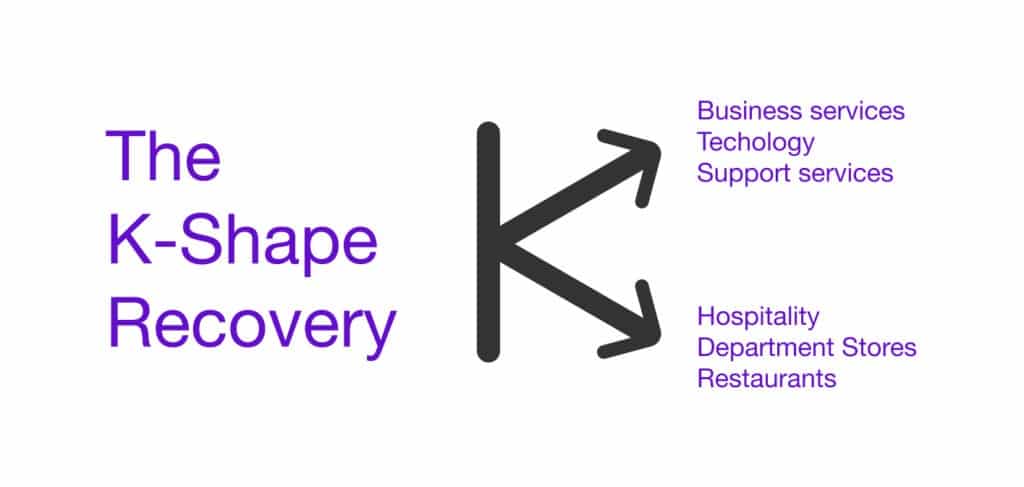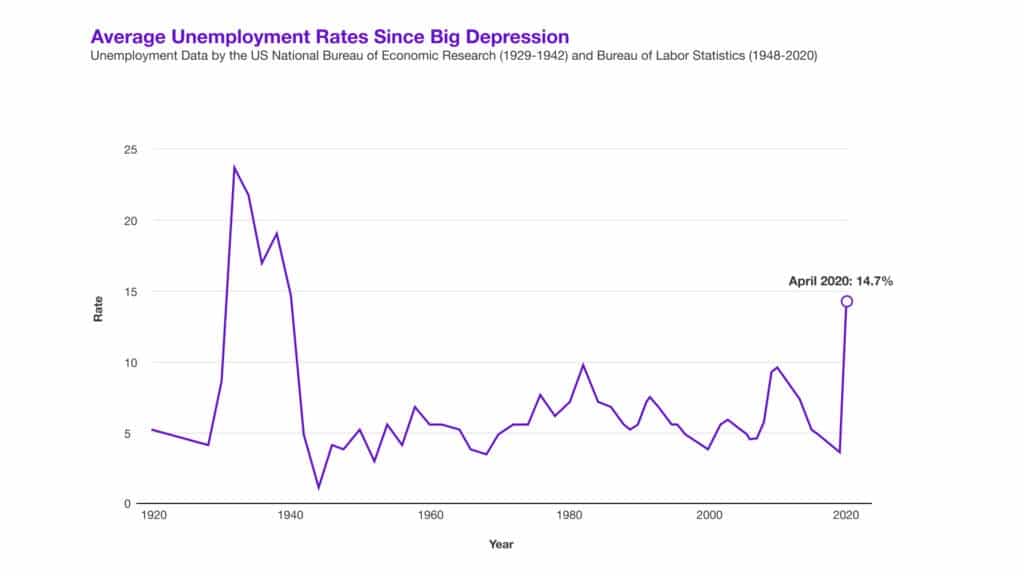This article was originally published on Forbes.com
Labor markets are changing fast, and the future of work has now become our present. For several years, the most significant forces that have been driving workforce transformation are a shift to remote work and rapid adoption of automation and AI technologies. Those trends change the skillset that is required for various jobs and occupations and force organizations to take a fresh approach in their training methods. Covid-19 has dramatically accelerated the adoption of automation, remote work, and the use of AI, and made the investment in workforce reskilling and upskilling an essential business strategy. So, what can we expect to happen next in the labor markets?
The following are three of the main trends we’re seeing right now:
1. The Acceleration Of Automation
There is a tendency to accelerate automation during economic downturns as an alternative to hiring in order to meet demand less expensively. Additionally, the requirements for social distancing, potentially for years, will push organizations even further toward automation.
Successful companies that emphasize improving operations over embracing new technologies and business models risk falling into The Innovator Dilemma trap. Covid-19 forced organizations to develop new value chains that include relying on digitization and automation processes in a more aggressive manner.
2. An Uneven K-Shaped Recovery
The latest U.S. Bureau of Labor Statistics (BLS) employment report from April 2, 2021, reflects a slight rise in total employment in the United States. The unemployment rate continues to decrease, though employment is not even near the pre-pandemic levels.
Importantly, however, not everyone is back to their jobs. BLS reports show that financial and information services experienced the fewest job losses, whereas hospitality and leisure sectors, traditionally paying some of the lowest wages, eliminated half of their jobs. This type of K-shaped recovery typically benefits employees in specific industries and may leave behind others lacking skills in emerging occupations.

3. Unemployability, Not Just Unemployment
Lacking the right skills for the right jobs immediately decreases a person’s chances to be employed, particularly if there is no remediation through reskilling programs. However, the real risk is not just long-term unemployment; rather, it is unemployability, namely an irreversible situation when employees’ skills are not relevant to any of the job market’s demands.
According to the BLS, the number of long-term unemployed people increased by 3.1 million to 4.2 million from February 2020 to March 2021. The percent of long-term unemployed accounted for 43.4% of the total unemployed. Clearly, while the unemployment rates are going down, long-term unemployment is rising and the skills gap is widening.
Proper reskilling and upskilling programs, powered by accurate data on job demand and skills supply, are essential approaches for dealing with long-term unemployment and unemployability.
Climbing The Skills And Employment Ladders
Going back to full employment begins with understanding that in today’s rapidly changing market, hiring for skills is more important than hiring for a job title or by education. Importantly, AI technology — which sometimes is “blamed” for creating the disruption — can also be used for finding a solution.
Enterprises and employers should understand that skills attainment is like climbing a ladder, and every person, in any job, has the opportunity to climb up a few steps. Falling off that ladder should not mean a permanent life change. The opportunities to reskill and upskill employees are here, but historically HR tech has been a data-rich but information- and knowledge-poor area.
What worked in the past will not work now. With the rapid waves of change, we need to take different paths to flatten the unemployment curve. What is undoubtedly the biggest crisis in job markets and the biggest spike in the unemployment rate since WWII can actually become the biggest opportunity.

After the Great Depression of 1929, the U.S.’s New Deal pushed markets back to recovery. The recession after World War II was resolved by adding women and minority groups to the workforce. Covid-19, arguably the biggest economic crisis since WWII, has brought great pain, but also a generational opportunity to reskill and upskill the workforce at a scope and scale that was never done before. AI and automation themselves create new jobs, but that is not their true potential (as they might create fewer jobs than are being destroyed). In its capacity to identify patterns in large sets of data, the same AI technology that caused some of the pain can now be part of the healing. Using data and AI technology, we can give people the right training to acquire the right skills for the right jobs.
It is essential to give people and companies visibility into their skills and skills gaps and plan the right pathways to bridge the gaps effectively. Using data instead of hunches and gut feelings to reskill and upskill the workforce enables organizations to navigate employees’ careers in the right direction and meet organizational needs with workers’ abilities and desires. It’s a win-win that can only be accomplished using data, lots of it, and turning this data into information, knowledge and actionable wisdom.










